
How to Use LM36: Examples, Pinouts, and Specs
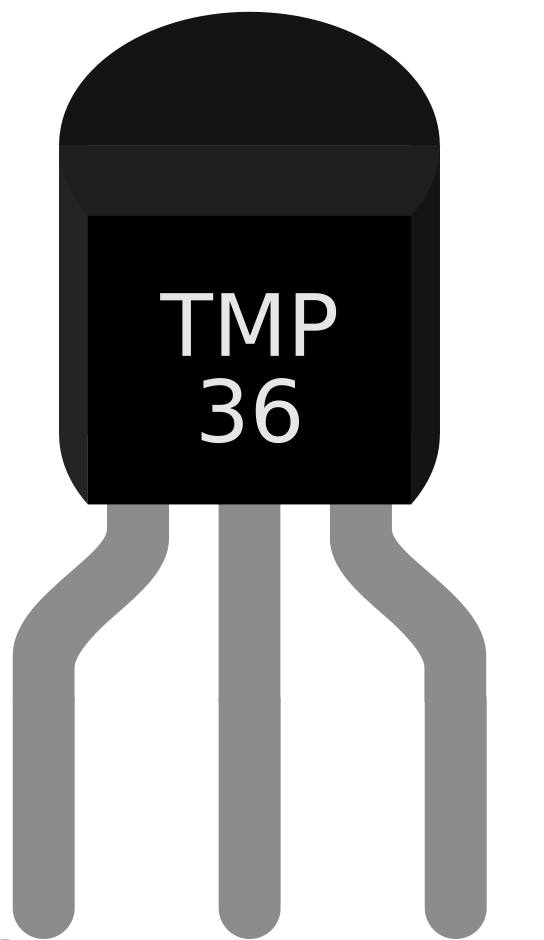
 Design with LM36 in Cirkit Designer
Design with LM36 in Cirkit DesignerIntroduction
The LM36 is a precision temperature sensor that provides an analog output voltage directly proportional to the temperature in degrees Celsius. It is designed to operate over a wide temperature range, making it suitable for a variety of applications. The LM36 is easy to use, requiring no external calibration or trimming, and it delivers a linear output with a slope of 10 mV/°C. Its low power consumption and high accuracy make it ideal for temperature monitoring and control systems.
Explore Projects Built with LM36
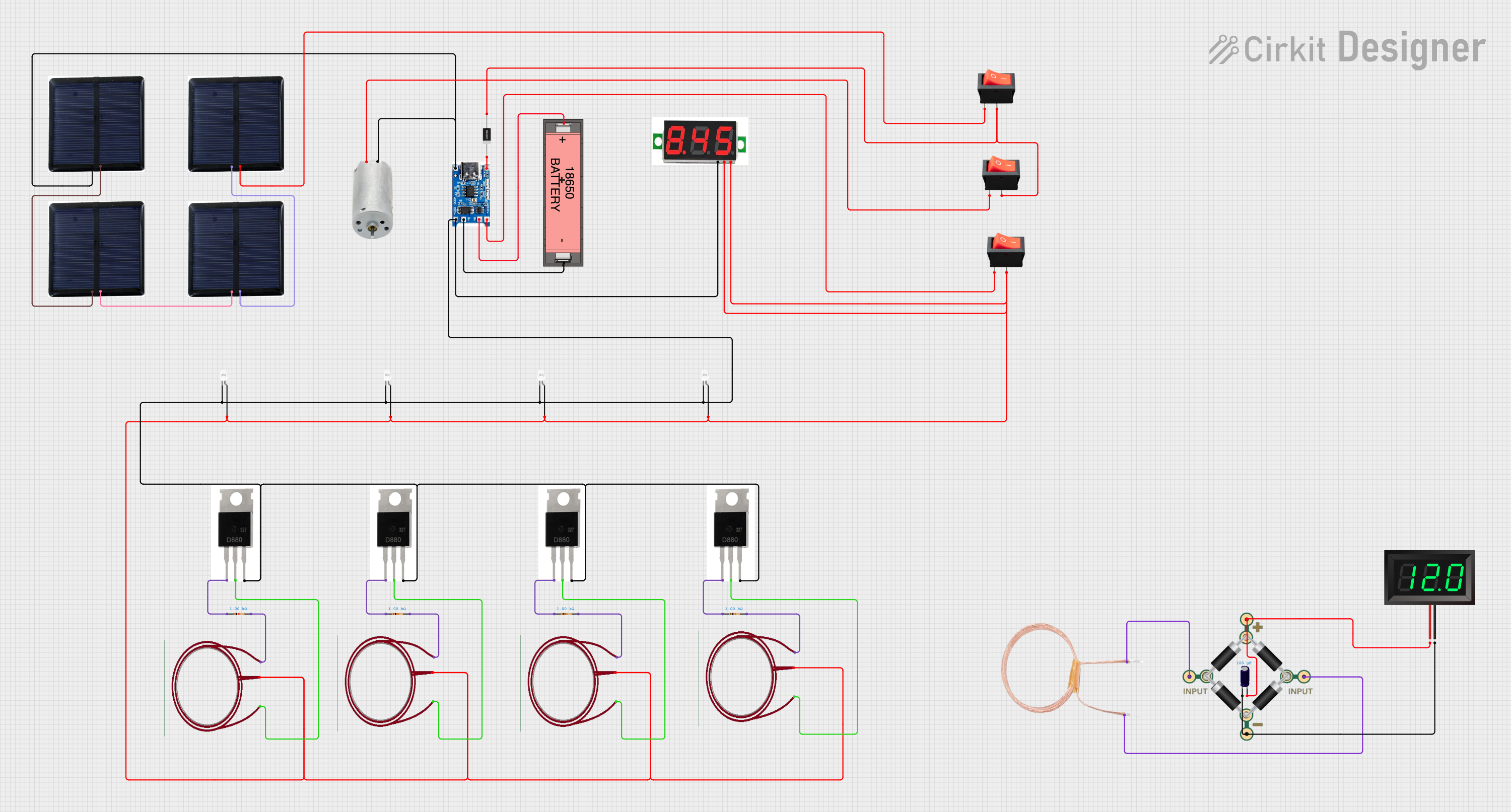
 Open Project in Cirkit Designer
Open Project in Cirkit Designer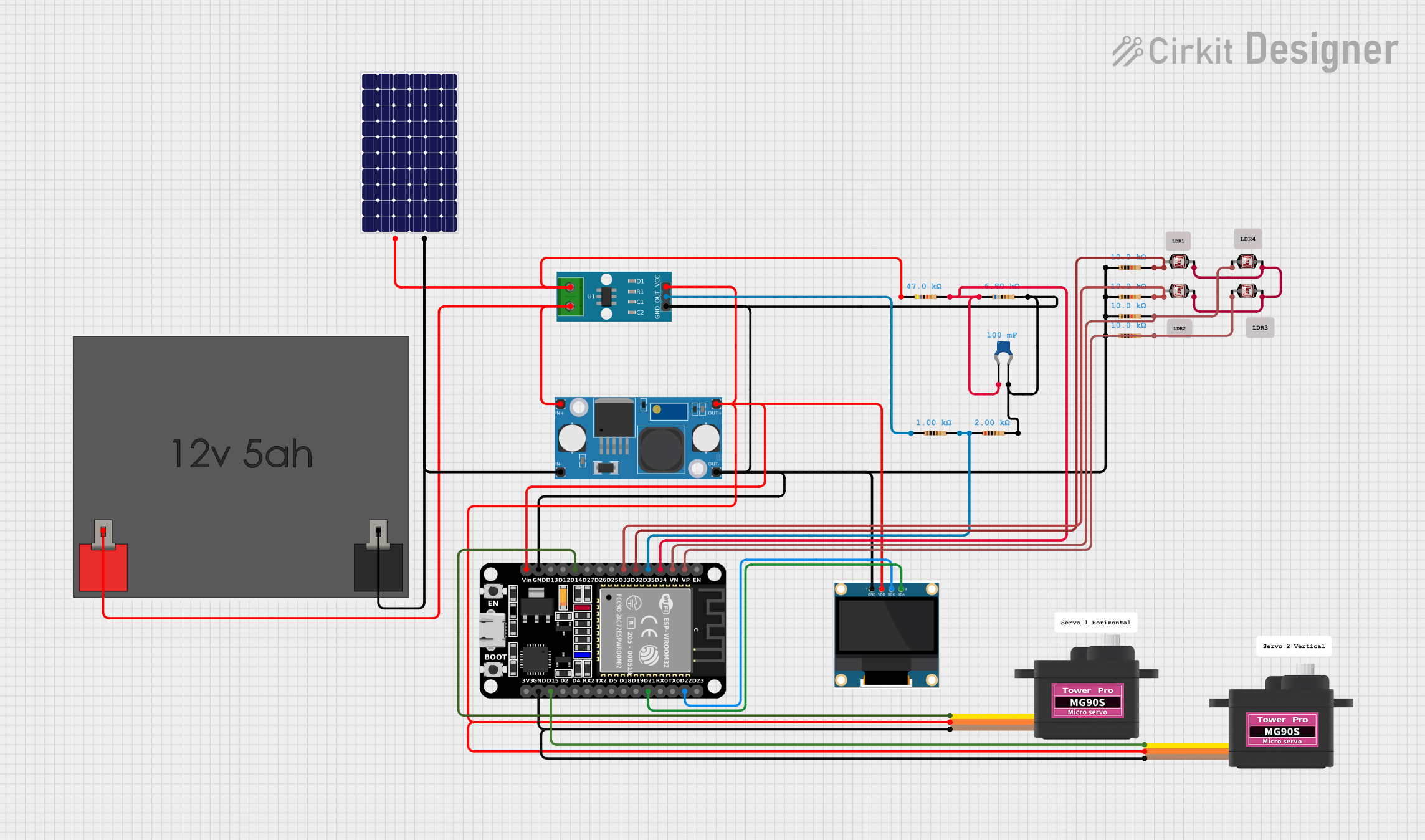
 Open Project in Cirkit Designer
Open Project in Cirkit Designer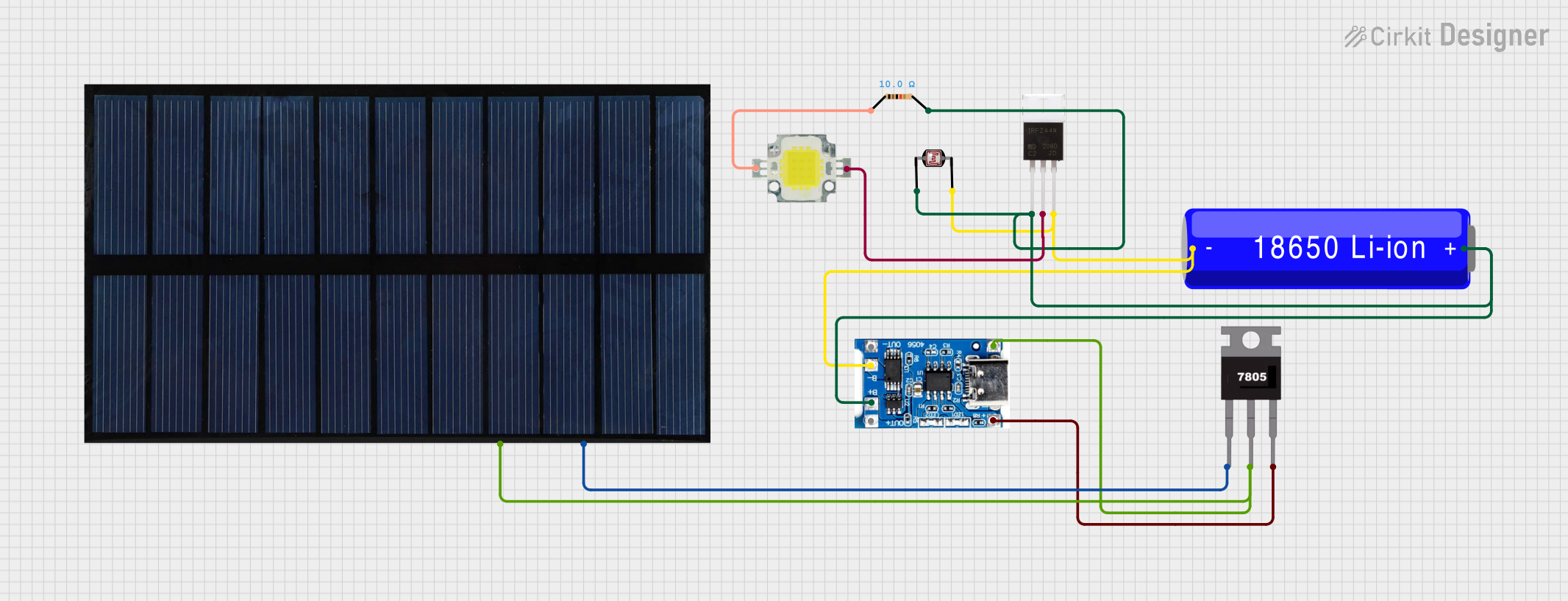
 Open Project in Cirkit Designer
Open Project in Cirkit Designer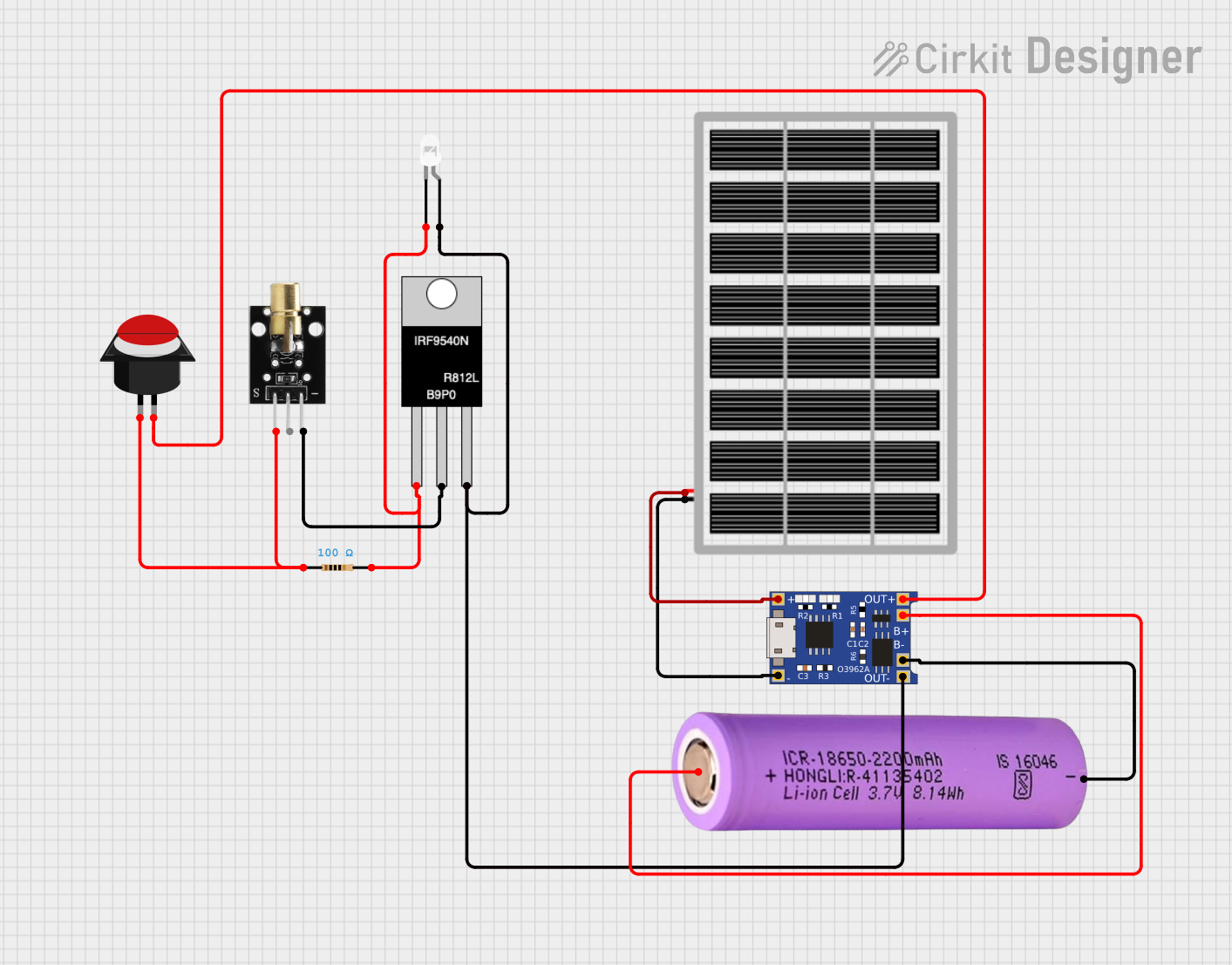
 Open Project in Cirkit Designer
Open Project in Cirkit DesignerExplore Projects Built with LM36

 Open Project in Cirkit Designer
Open Project in Cirkit Designer
 Open Project in Cirkit Designer
Open Project in Cirkit Designer
 Open Project in Cirkit Designer
Open Project in Cirkit Designer
 Open Project in Cirkit Designer
Open Project in Cirkit DesignerCommon Applications
- HVAC systems for temperature monitoring
- Industrial temperature control systems
- Consumer electronics for thermal management
- Weather stations and environmental monitoring
- Automotive temperature sensing
Technical Specifications
The LM36 is a versatile and reliable temperature sensor with the following key specifications:
| Parameter | Value |
|---|---|
| Supply Voltage (Vcc) | 4 V to 30 V |
| Output Voltage Range | 0.1 V to 2.9 V (for -40°C to 125°C) |
| Output Sensitivity | 10 mV/°C |
| Accuracy | ±0.5°C (at 25°C) |
| Operating Temperature | -40°C to +125°C |
| Quiescent Current | 130 µA (typical) |
| Package Types | TO-92, SOIC-8 |
Pin Configuration
The LM36 is typically available in a 3-pin TO-92 or SOIC-8 package. Below is the pin configuration for the TO-92 package:
| Pin Number | Pin Name | Description |
|---|---|---|
| 1 | VOUT | Analog output voltage proportional to temperature |
| 2 | GND | Ground (0 V reference) |
| 3 | VCC | Positive supply voltage (4 V to 30 V) |
Usage Instructions
How to Use the LM36 in a Circuit
- Power Supply: Connect the VCC pin to a stable DC voltage source between 4 V and 30 V. Connect the GND pin to the ground of the circuit.
- Output Connection: The VOUT pin provides an analog voltage proportional to the temperature. Connect this pin to an analog input of a microcontroller (e.g., Arduino) or an ADC (Analog-to-Digital Converter) for further processing.
- Decoupling Capacitor: Place a 0.1 µF ceramic capacitor between VCC and GND to filter out noise and ensure stable operation.
Important Considerations
- The LM36 output voltage is calibrated for a slope of 10 mV/°C. For example, at 25°C, the output voltage will be approximately 0.25 V.
- Ensure proper thermal contact between the LM36 and the surface or environment being measured for accurate readings.
- Avoid placing the sensor near heat sources or in direct sunlight, as this may affect the accuracy of the readings.
Example: Connecting LM36 to Arduino UNO
Below is an example of how to connect the LM36 to an Arduino UNO and read the temperature:
Circuit Diagram
- Connect the LM36's VCC pin to the Arduino's 5V pin.
- Connect the GND pin to the Arduino's GND pin.
- Connect the VOUT pin to the Arduino's analog input pin (e.g., A0).
Arduino Code
// LM36 Temperature Sensor Example
// Reads the temperature from the LM36 and displays it on the Serial Monitor.
const int sensorPin = A0; // Analog pin connected to LM36 VOUT
const float voltageRef = 5.0; // Reference voltage of Arduino (5V)
const float tempSlope = 10.0; // LM36 output slope (10 mV/°C)
const float offsetVoltage = 0.0; // LM36 offset voltage (0V at 0°C)
void setup() {
Serial.begin(9600); // Initialize serial communication
}
void loop() {
int sensorValue = analogRead(sensorPin); // Read analog value from LM36
float voltage = (sensorValue / 1023.0) * voltageRef; // Convert to voltage
float temperature = (voltage - offsetVoltage) * 100.0 / tempSlope;
// Convert voltage to temperature in °C
Serial.print("Temperature: ");
Serial.print(temperature);
Serial.println(" °C");
delay(1000); // Wait 1 second before next reading
}
Notes:
- The code assumes a 5V reference voltage for the Arduino. If using a different reference voltage, adjust the
voltageRefvariable accordingly. - The LM36 has an offset voltage of 0 V at 0°C, so no additional offset is required in the calculation.
Troubleshooting and FAQs
Common Issues
Incorrect Temperature Readings
- Cause: Noise in the power supply or incorrect wiring.
- Solution: Add a 0.1 µF decoupling capacitor between VCC and GND. Double-check the wiring.
Output Voltage is Constant
- Cause: The sensor is not properly powered or the VOUT pin is not connected.
- Solution: Verify that the VCC and GND pins are connected to the correct voltage and ground. Ensure the VOUT pin is connected to the analog input.
Temperature Fluctuations
- Cause: External heat sources or airflow affecting the sensor.
- Solution: Shield the sensor from direct heat or airflow. Use thermal insulation if necessary.
FAQs
Q: Can the LM36 measure negative temperatures?
A: Yes, the LM36 can measure temperatures as low as -40°C. The output voltage will still follow the 10 mV/°C slope, but it will be below 0.4 V for negative temperatures.
Q: Is the LM36 compatible with 3.3V systems?
A: The LM36 requires a minimum supply voltage of 4 V, so it is not directly compatible with 3.3V systems. However, you can use a voltage regulator or level shifter to interface it with 3.3V systems.
Q: How accurate is the LM36?
A: The LM36 has an accuracy of ±0.5°C at 25°C. Accuracy may vary slightly over the full temperature range.
Q: Can I use the LM36 in battery-powered applications?
A: Yes, the LM36 has a low quiescent current of 130 µA, making it suitable for battery-powered applications.